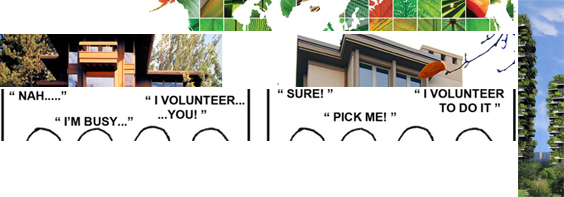An Olin restorative landscape. Array on Tech's influence on healthcare. Perfect shot from Stantec. Treehugger gets inspired by nature.

Restorative landscape for Stamford. OLIN Studio looks at the history and restoration of Mill River Park in Stamford, Connecticut, a 14-acre park and river restoration by Army Corps of Engineers and park design by OLIN that took nearly a decade.
The plan aimed to achieve three primary goals: create a park that meets the recreational and civic needs of a diverse population, provide a natural habitat for native flora and fauna to flourish, and offer a vision that is economically viable, maintainable, and implementable in phases over time.
Via OLIN Studio
Technology’s influence on healthcare. Kristen Lambert, interior designer at Array Architects, recounts a panel discussion on technological innovation in healthcare at the Design Considerations for Technological Innovation in Healthcare Design in New York City.
The future of healthcare will be centered less around a hospital, and will become more integrated into daily life with the delivery of healthcare services reflecting the mobility that technology now offers us. “Our role as healthcare architects and designers now is to design clinical environments which support the new ways that people will give and receive care.” –Kristen Lambert
Getting the perfect shot. Joe DiGiorgio, senior engineer at Stantec who has been taking photographs for 45 years, chronicles his day of taking the perfect photo at the grand opening of a wastewater treatment plant solids handling facility in Merced, California.
“Photographers work to get the perfect picture… being there, scouting the right vantage point, and then watching and learning and seeing what matters and what works (and what doesn’t). The same approach serves me well as an engineer and I enjoy the times I can step back from the pure engineering calculations and appreciate the beauty of the bigger picture through these photo assignments.” – Joe DiGiorgio
Via Stantec Blog
Inspired by nature. Lloyd Alter, managing editor of Treehugger, tells you why you don’t want miss out on Biomimicry’s Education Summit and first Global Conference in Boston from June 21-23, 2013.
“We're seeing more examples of biomimicry every day. Over the years, we at TreeHugger have been watching the merging of those two ideas in our culture, as we learn from nature.
Day 1 is about Resilient Cities.
Day 2 is about the future of 3D Printing.
Day 3 will cover Biomimicry as an Emerging Discipline and Economic Development Framework.
Via Treehugger
Social Media
Grappling with viral photo. A picture recently surfaced on Facebook of a Taco Bell employee licking a bunch of tacos. While the circumstances surrounding the public display of taco shell affection are unclear, the photo went viral. The company responded by saying the tacos were for training purposes and not intended to be served to customers. The employee and the photographer were both fired.
Via Huffington Post




